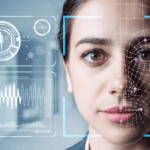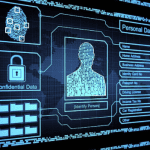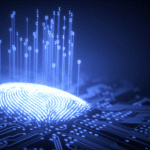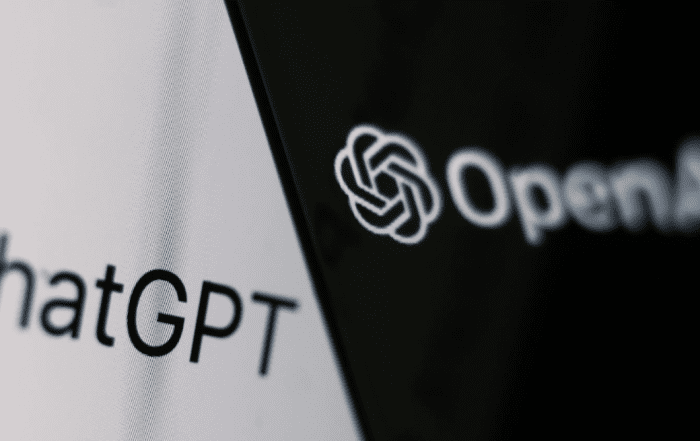Biometric Data Technology is Going to Change the Way You Live
In order to keep up with ever-changing technology, it’s important to stay abreast of the latest developments. Biometric data technology, which can recognize an individual by scanning his or her physical attributes, has been developing rapidly over the past few years, and will likely become a part of your everyday life sooner than you think. In this article, we’ll look at the history of biometric data technology, as well as its capabilities and future potential for use in the business world and other areas of life.
What Is Biometric Data?
Biometric data represents physical and behavioural characteristics about a person. In many cases, it can be used as a form of identification. Examples include fingerprints, eye scans, facial recognition and voice signatures. It’s quickly becoming an indispensable part of our lives, from its use in smartphones to biometrically secured buildings. However, we need to ensure that we protect against its abuse: while biometric security has made tremendous improvements over time (from simple fingerprint systems to iris scanners), there is still much room for improvement when it comes to how well these technologies safeguard our personal information. So what does all of this mean? Most simply put: We have entered into a new era of technology—one that uses real life characteristics in place of simple passcodes or keys.
How Does IT Work?
Fingerprint scanners, facial recognition technology, iris scans, and voice recognition systems are all in use in different ways across different companies. The next generation of these technologies will only get more accurate and expansive in what they can do. How does biometric data technology work? These tools collect unique data points about you—physical characteristics like your fingerprint or iris—and then convert them into digital data that can be used for identification purposes. They’re very precise, but it’s important to remember that they aren’t necessarily foolproof; some research suggests that fingerprints might not be as private as we think. In other words: if someone finds a way to hack into a database of fingerprints, they might have no trouble unlocking any device with a built-in scanner. It’s scary, sure—but also kind of exciting! Imagine a world where people had more control over their devices and accounts because everything was customized around their unique features. A world without passwords!
What Are Its Benefits?
 Many would argue that biometric data technology should be applied in all aspects of daily life; we’re already using it in simple applications such as unlocking our smartphones and laptops, but what about other aspects of our lives? There are clear benefits to biometric data technology that can potentially change not only how we interact with technology but also how we view ourselves. To better understand why biometric data technology is becoming increasingly important, let’s take a look at some of its most immediate benefits:
Many would argue that biometric data technology should be applied in all aspects of daily life; we’re already using it in simple applications such as unlocking our smartphones and laptops, but what about other aspects of our lives? There are clear benefits to biometric data technology that can potentially change not only how we interact with technology but also how we view ourselves. To better understand why biometric data technology is becoming increasingly important, let’s take a look at some of its most immediate benefits:
One of its most obvious applications is security, which has long been a major selling point for many types of high-tech security systems. Biometrics provide a more accurate—and thus reliable—way to identify a person than a password alone ever could. In fact, some organizations have already started integrating biometric data technology into their security systems. That’s right: your fingerprint could soon be an acceptable method of unlocking your office door at work!
What about convenience? The same can be said here as well; biometric data technology makes our daily lives easier by eliminating unnecessary inconveniences such as remembering passwords and typing in digits on a keypad.
Who Uses It and Why?
The technology has emerged in recent years and is quickly becoming a staple of industries like healthcare, law enforcement, and finance. For example, consumers who take part in high-value activities like signing contracts or purchasing property can opt for fingerprints or iris scans instead of signatures. These forms of biometric data are more secure because they’re nearly impossible to replicate. Businesses also save money by reducing fraud and having peace of mind that their customers’ identities are protected. Biometric technologies increase our personal safety as well. For instance, digital fingerprinting helps prevent us from being forced to give out sensitive information on welfare applications—no one wants identity thieves using taxpayer dollars on flashy cars and designer clothes! You might have heard about companies using biometrics to collect customer data with smartphones; these tools allow companies to better understand what it is people want by paying attention to small patterns in people’s purchases over time.
Is It Safe?
 Biometric data technology, such as fingerprint scanners and voice recognition software, has been around for a while now. But what exactly is it and how can it be used? The good news: biometrics will make your life easier and more secure. The bad news: they aren’t foolproof and may be vulnerable to hacking attempts. So before you decide whether or not to start using them, here are some things you should know. Biometric data technology is quickly becoming an industry standard for security reasons—particularly since September 11th, 2001 when airports began employing iris scanning machines to ensure terrorists don’t sneak onto planes unnoticed.
Biometric data technology, such as fingerprint scanners and voice recognition software, has been around for a while now. But what exactly is it and how can it be used? The good news: biometrics will make your life easier and more secure. The bad news: they aren’t foolproof and may be vulnerable to hacking attempts. So before you decide whether or not to start using them, here are some things you should know. Biometric data technology is quickly becoming an industry standard for security reasons—particularly since September 11th, 2001 when airports began employing iris scanning machines to ensure terrorists don’t sneak onto planes unnoticed.
Contact us to get started!








